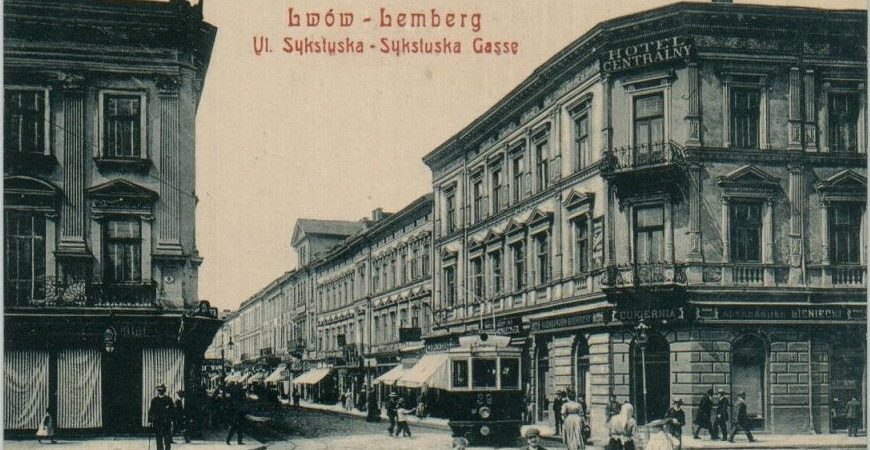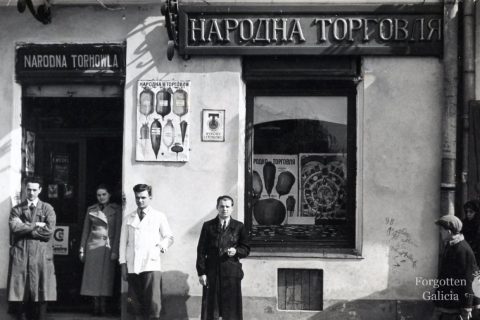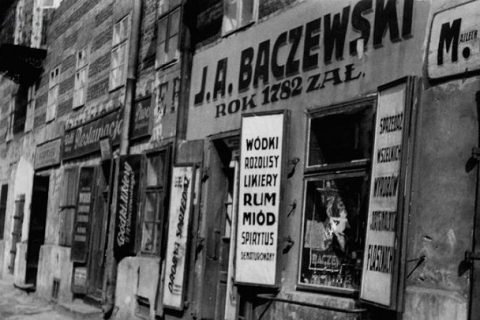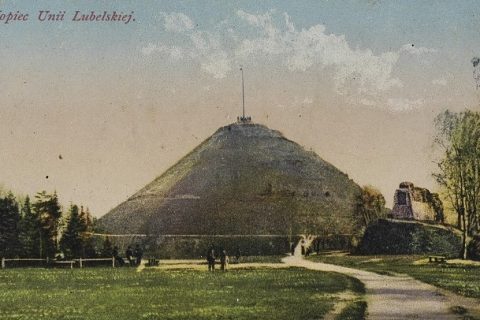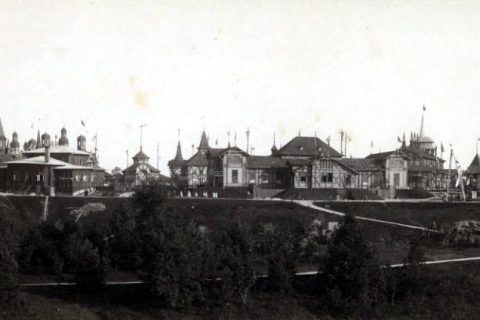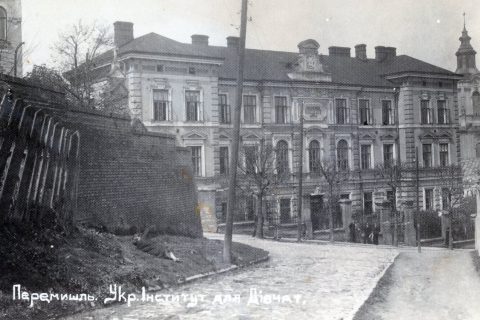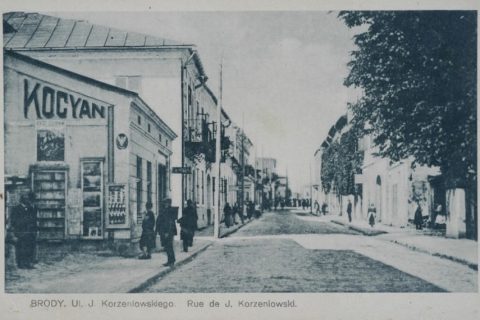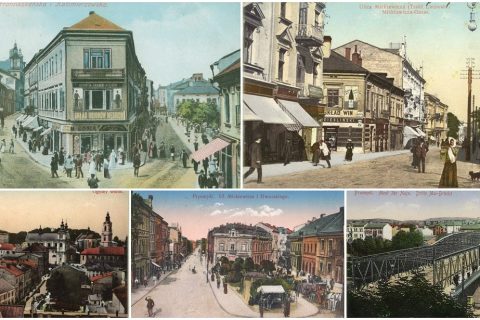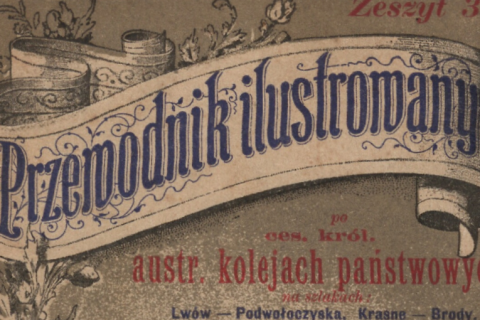Ul. Sykstuska: Doroshenka Street Before the War
Doroshenka is today one of Lviv’s most beautiful streets, boasting many outstanding examples of architecture, especially in the styles of Neoclassicism, Historicism, Secession, and Functionalism. The street’s historic name – Sixtuskagasse / Sykstuskagasse (German) and ul. Sykstuska (Polish) – comes from the name of a famous doctor and burgomaster of […]
Read More
